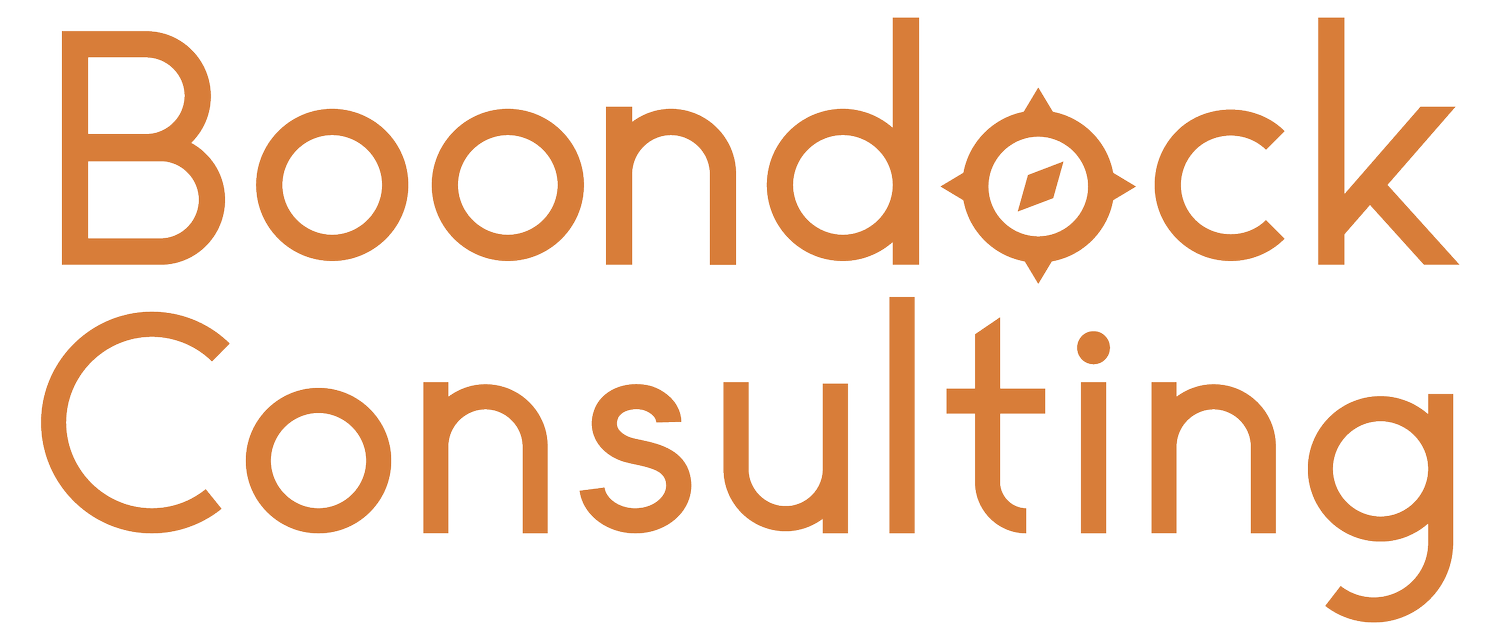ChatGPT Instant Checkout: What Small Businesses Need to Know
OpenAI just changed the eCommerce landscape again. This time with Instant Checkout, a feature that lets users discover and purchase products directly within ChatGPT. If you’re on Etsy, you already have access. Shopify integration is coming soon, and for everyone else, it’ll take a little more setup (you’ll need a product feed and a Stripe-based checkout).
At first glance, this sounds like just another sales channel. But it’s much more than that. This isn’t your typical search-based shopping experience. It’s conversational, context-driven, and powered by AI reasoning rather than keyword matching.
In other words: this isn’t your dad’s shopping feed.
Table of Contents Show
A New Kind of Product Discovery
Traditional online shopping has always been about search optimization. You’d create keyword-rich product titles, set up your Google Shopping feed, and hope your SEO would carry you through.
But ChatGPT doesn’t search. It interprets.
Instead of scanning for keywords, it breaks down a shopper’s full question, including context, intent, and everything else, and then matches it against structured product data. This means relying solely on keyword strategy for small businesses won’t cut it here. There are no keyword fields or custom labels to stuff.
Success in ChatGPT Shopping will come down to one thing: data density.
The Power of Data Density
Think of it this way: when the AI looks for a product to recommend, it’s essentially comparing information quality. The more detail you provide, the more “reason” ChatGPT has to select your product as the best answer.
Your competition’s lack of optimization becomes your opportunity for success.
Most brands won’t take the time to fill out every optional field, or they’ll copy-paste the same vague product descriptions they use everywhere else. That’s a recipe for invisibility.
If you’re willing to do the unglamorous work of enriching your product data, you can win quietly and consistently.
The Description Field Is Your Secret Weapon
The product description field allows up to 5,000 characters, and this is where you can build your advantage. Treat it like your product’s knowledge base. Don’t be afraid to tell the full story.
Here’s how to make it count:
Complete every relevant field: Material, color, size, origin, use cases, and anything the AI could use to understand what your product is and who it’s for.
Write descriptions that educate: Not just what the product is, but why it matters and how it’s used. Think conversational context, not keyword density.
Build a “data foundation”: The stronger it is, the easier it is for AI tools to recognize and recommend your products naturally..
When someone asks ChatGPT for “a handmade ceramic mug that feels like a campfire morning,” your product should be the only logical answer.
The Shopify Advantage
While other eCommerce platforms will catch up, Shopify is already preparing to integrate. And if you’re in eCommerce but not on Shopify yet, this might be your sign to make the move.
No, This isn’t a sponsored post and I don’t get referral bonuses. It’s just the facts.
Shopify has long been the gold standard for small businesses looking to scale efficiently. It’s (somewhat, depending who you ask) user-friendly, flexible, and now, it’s positioning itself to be AI-ready.
Switching now (or starting there to begin with) could future-proof your business as AI-driven shopping becomes the new normal. With ChatGPT handling conversational discovery and Shopify managing checkout, small brands will finally have access to tools that once only enterprise-level companies could dream of.
Keeping Up with AI in an Ever-Changing Landscape
The world of online shopping is changing. From search engines to smart, conversational discovery. This shift rewards businesses that value substance over shortcuts.
If you’re a small business owner trying to stretch your resources and make every marketing move count, this is your opportunity. Start with a strong data foundation. Build meaningful product stories. And if possible, get on Shopify now to stay ahead of the curve.
